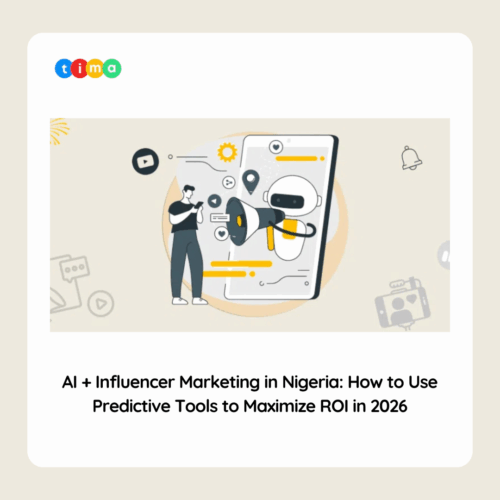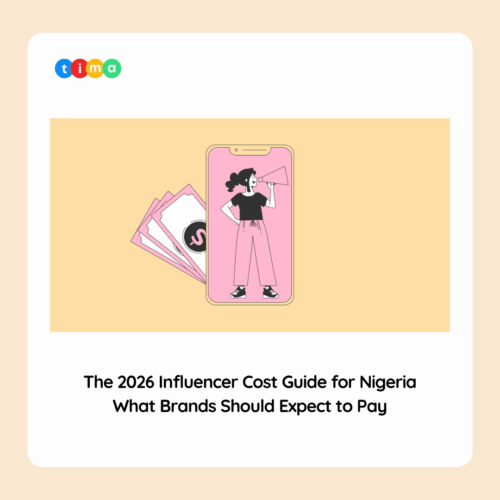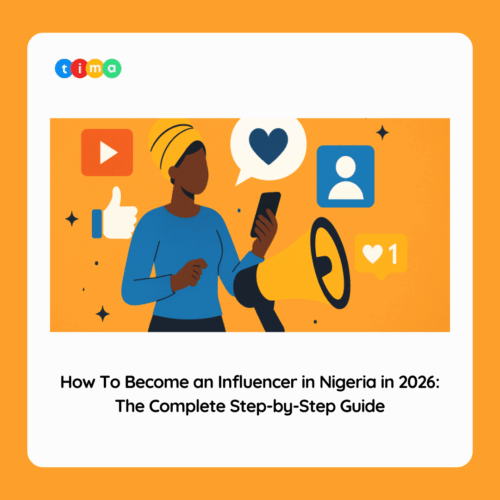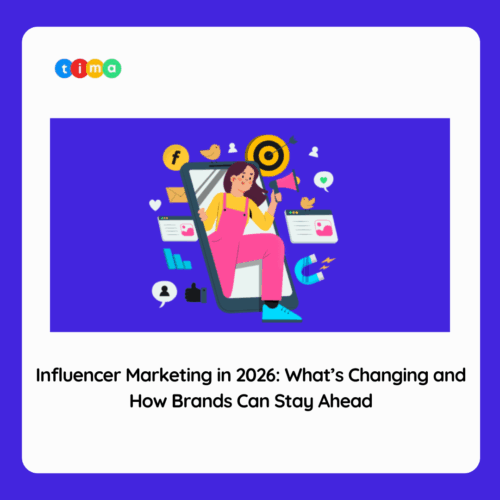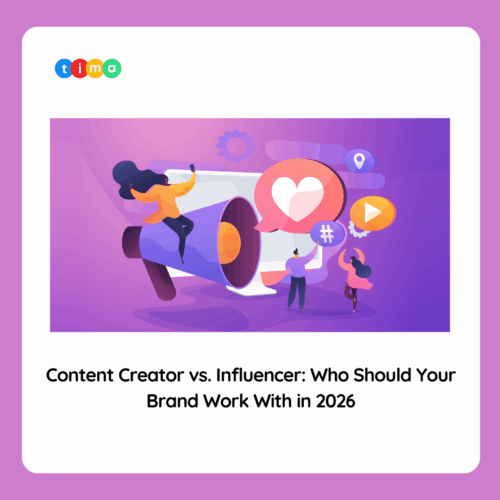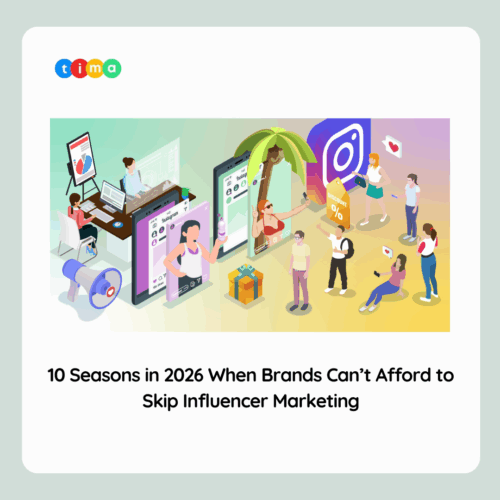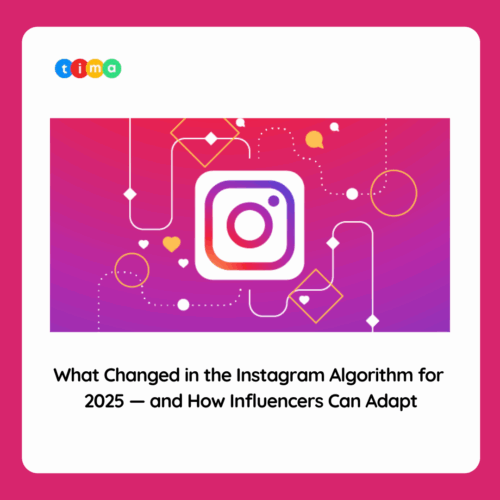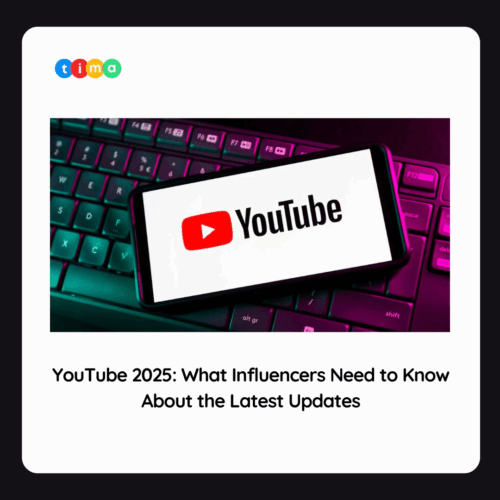In 2024, the influencer industry has evolved significantly with the emergence of virtual influencers—AI-generated personas that engage audiences just like their human counterparts. These digital figures, built through CGI and artificial intelligence, are becoming integral players in marketing and entertainment. With virtual influencers like Lil Miquela and Lu do Magalu leading the charge, their presence in fashion, tech, and entertainment is only growing.
Understanding AI influencers is crucial for content creators and influencers, as they represent both competition and opportunity. Let’s explore how these virtual influencers work, why brands are investing in them, and the ethical considerations they bring to the table.
What Are Virtual Influencers?
Virtual influencers are computer-generated avatars designed to mimic human characteristics and behaviors, from their appearance to how they communicate with audiences on social media. Often built using advanced CGI, AI, and machine learning, they can produce photos, videos, and even live-streamed interactions tailored to engage followers in the same way human influencers do. For example, Lil Miquela, an Instagram star, was one of the first AI influencers, boasting millions of followers and collaborations with brands like Prada and Calvin Klein.
Virtual influencers aren’t new; their conceptual roots can be traced back to animated mascots like The Chipmunks or even 1980s CGI icons like Max Headroom. However, their integration into social media platforms today represents a more sophisticated and interactive role. Virtual influencers are now carefully managed by teams that use AI tools to customize their personas and content, making them as relatable and engaging as possible.
How Do Virtual Influencers Operate?
The power of virtual influencers lies in their AI algorithms. These programs analyze audience preferences and tailor content to suit specific demographics and interests. This customization makes virtual influencers highly effective for targeted marketing. They can operate around the clock, creating content and engaging with global audiences without the limitations of human influencers, such as time zones, fatigue, or personal conflicts.
One significant aspect of virtual influencers is their scalability. Brands can use them across multiple platforms and regions simultaneously, customizing content for different languages and cultures. This gives virtual influencers an edge in global campaigns, as they can easily adapt to various market needs.
Examples of Popular AI Influencers in 2024
Some of the most prominent AI influencers dominating social media platforms today include:

1. Lu do Magalu (@magazineluiza)
- Origin: Brazil
- Instagram Followers: 7.1 million+
- YouTube Subscribers: 2.8 million+
- Notable Achievements: Lu do Magalu is one of the most-followed virtual influencers worldwide. Known for her advertising work, product reviews, and game-streaming content, her widespread visibility has made her a leading figure in the virtual influencer space.
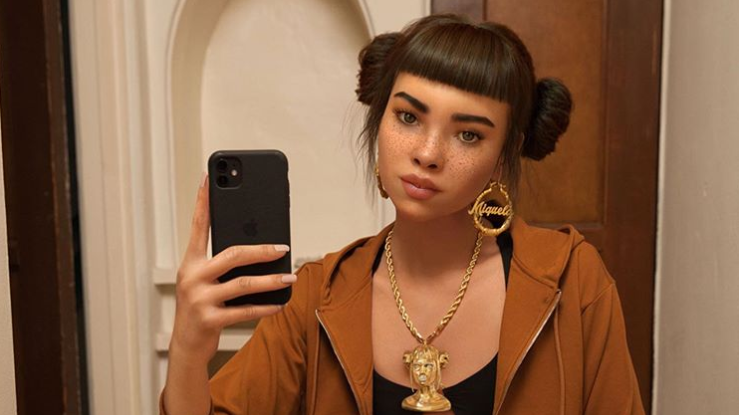
2. Lil Miquela (@lilmiquela)
- Origin: USA
- Instagram Followers: 2.5 million+
- Notable Achievements: Created in 2016, Miquela is a digital sensation portraying a 19-year-old robot. She was named one of TIME’s “25 Most Influential People on the Internet” in 2018 and has maintained her standing in the virtual influencer world through her art, fashion sense, and music.
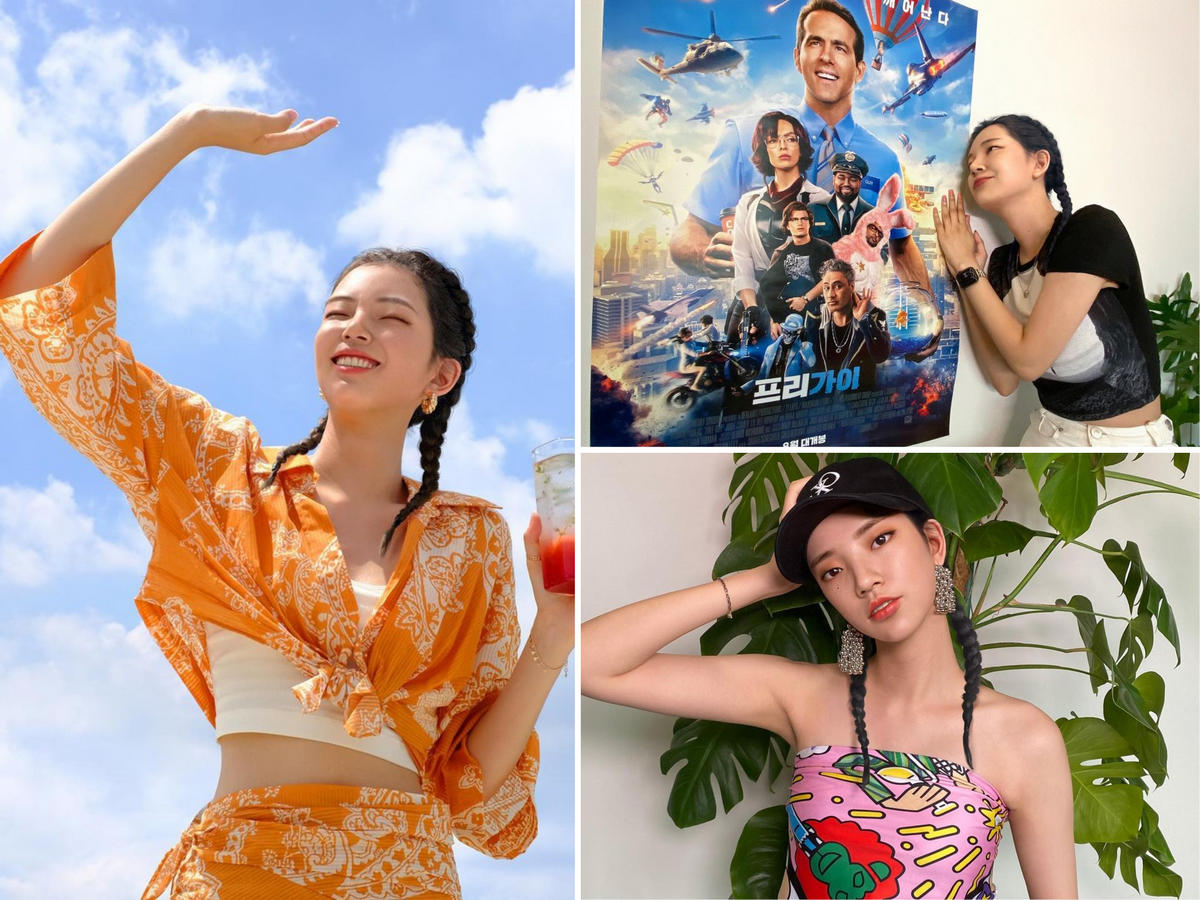
3. Rozy Oh (@rozy.gram)
- Origin: South Korea
- Instagram Followers: 173k+
- Notable Achievements: Rozy, hailed as the first hyper-realistic virtual influencer, is often mistaken for a K-pop or K-drama celebrity. Her fashion-forward posts and lifelike expressions have captivated audiences, particularly in South Korea.

4. Ai Ailynn (@ai_ailynn)
- Origin: Thailand
- Instagram Followers: 29k+
- Notable Achievements: Ai Ailynn describes herself as a #MetaverseHuman, and though her follower count is modest, her charisma has earned her numerous advertisement deals. Her style, short hair, and cute, vibrant personality have made her a favorite in Thailand’s digital space.
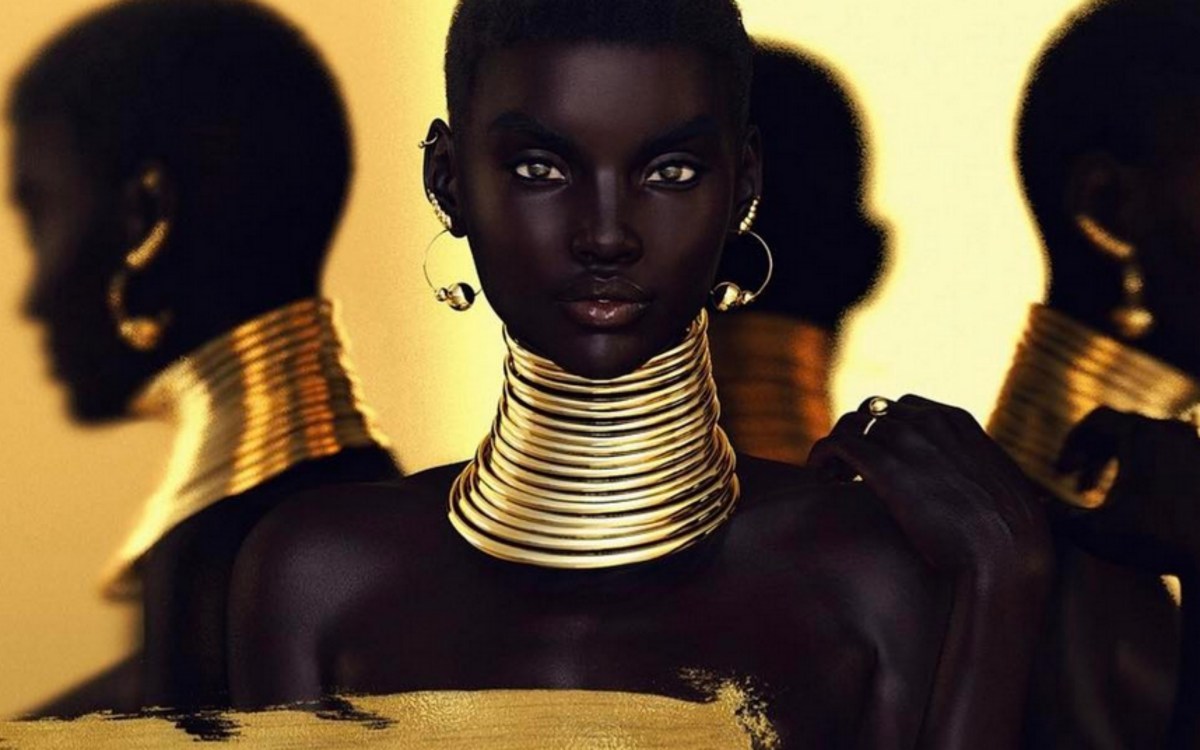
5. Shudu (@shudu.gram)
- Origin: South Africa (Created in England)
- Instagram Followers: 238k+
- Notable Achievements: Shudu is regarded as the world’s first digital supermodel. She combines haute couture with the digital realm, captivating the fashion world with her supermodel-like poses and elegant sense of style.
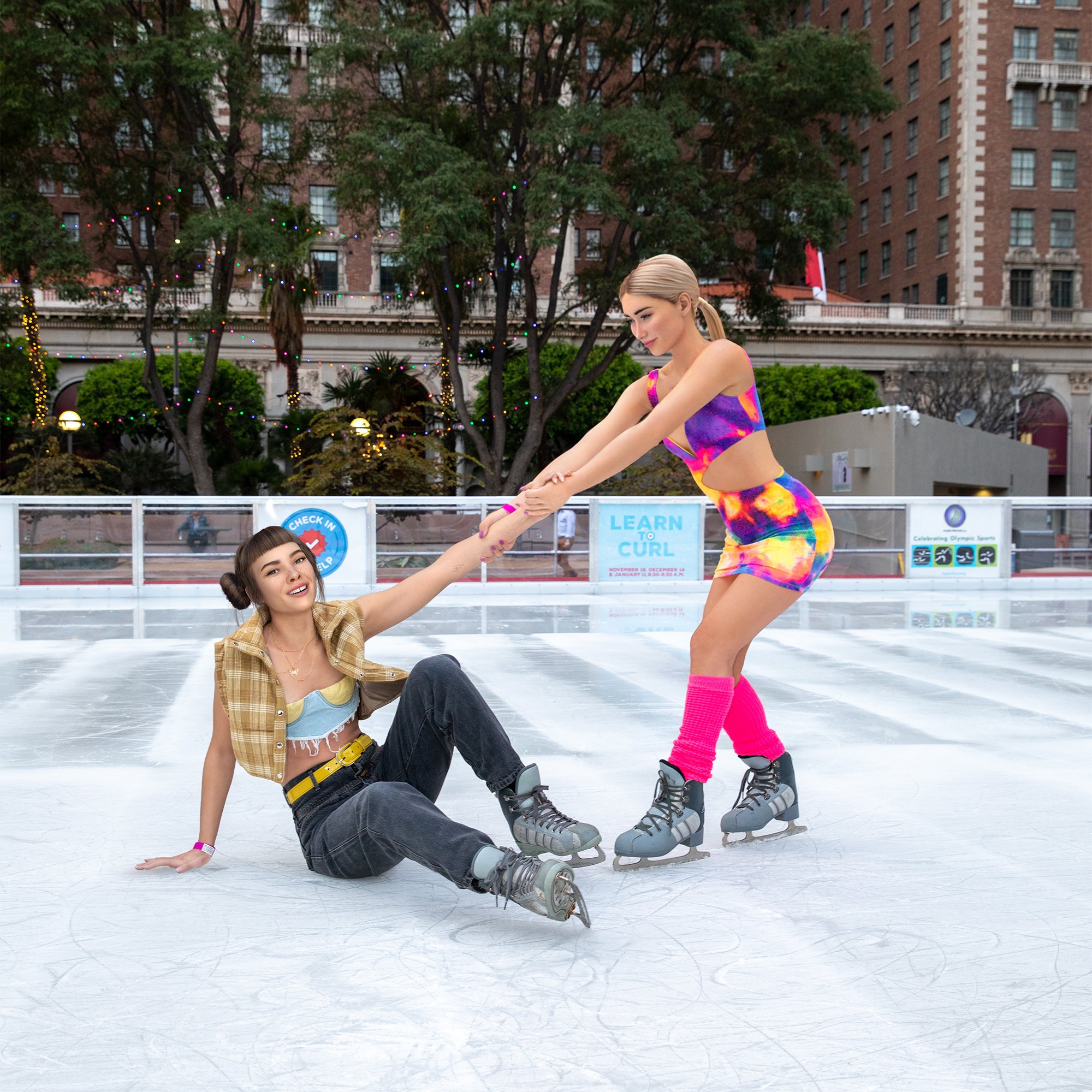
6. Bermuda (@bermudaisbae)
- Origin: USA
- Instagram Followers: 222k+
- Notable Achievements: A veteran in the digital influencer scene, Bermuda, created in 2016, is known for her bold, sexy appearance and sharp personality. She’s been featured in advertisements and even has her own music on platforms like Spotify.
Why Are Brands Using Virtual Influencers?
Virtual influencers offer brands several advantages:
- Consistency and Control: Unlike human influencers, virtual influencers can be fully controlled by brands. This ensures consistent messaging that aligns perfectly with brand values, reducing risks like controversial posts or off-brand behavior.
- Cost Efficiency: While creating a high-quality AI influencer might require a hefty initial investment, they offer long-term cost benefits. Once developed, they do not require travel, accommodations, or ongoing fees that are typically necessary with human influencers. Moreover, they can generate content at scale, minimizing production costs.
- Global Reach: AI influencers have a unique ability to engage with international audiences across multiple platforms without needing rest or breaks. This 24/7 availability allows for constant engagement, making them ideal for global marketing campaigns.
- Innovation and Creativity: AI influencers open new doors for brands to explore more experimental forms of storytelling. With animated effects and digital manipulation, brands can push the boundaries of creativity in ways that would be impossible with real-life influencers.
Platforms Favoring Virtual Influencers
Social media platforms play a critical role in the success of AI influencers. Instagram, YouTube, and TikTok lead the charge, with AI influencers gaining millions of followers on these platforms. Instagram Reels and TikTok’s short-form videos are the dominant content types, with AI influencers using these formats to captivate audiences with engaging, bite-sized content
Twitch is another platform experimenting with AI influencers, particularly in the gaming and live-streaming space. However, challenges have emerged, such as controversies surrounding inappropriate statements made by AI influencers like Neuro-sama, raising concerns about AI control and moderation.
Challenges and Ethical Concerns
While virtual influencers present exciting opportunities for brands, they also raise important questions about authenticity and transparency:
- Lack of Authenticity: Audiences often value human influencers for their relatability and personal experiences. Virtual influencers cannot provide genuine product reviews or personal endorsements, which may create a trust gap between them and their followers. Their content, while engaging, is ultimately artificial, raising concerns about its impact on consumer behavior.
- Ethical Dilemmas: The rise of AI influencers also brings ethical challenges. There are concerns about transparency—should followers be informed explicitly that these influencers are not real? Additionally, the use of AI to manipulate audiences raises questions about the ethicality of such persuasion techniques.
- Cultural Sensitivity: Virtual influencers often have racially ambiguous features, which some experts believe is a strategic move to appeal to a broader audience. However, this has drawn criticism, as it can be seen as an attempt to superficially appear inclusive without addressing the real issues of diversity in the influencer industry.
Predictions for 2025 and Beyond
Looking forward, we can expect virtual influencers to grow even more sophisticated. They will become indistinguishable from humans in both appearance and behavior. This is driven by advances in deep learning, CGI, and natural language processing.
While virtual influencers pose significant competition to human influencers, they also offer exciting opportunities for collaboration and innovation. By staying informed and adapting to these changes, content creators and brands can thrive in this new, AI-driven industry.
The rise of AI influencers may be inevitable, but the human element in storytelling and connection will always hold a special place in the hearts of audiences. The key to navigating this future lies in blending the best of both worlds: leveraging AI where it excels and maintaining human authenticity where it matters most.


